Museum etiquette: The aesthetics of respecting art
How social media and influencer culture has impacted the ways we interact with works of art
With social media being a constant presence in our lives, it has seeped into areas where alternate forms of media and art are intended to be consumed. It’s common that when visiting a museum, there will be someone there with the intent to capture a “candid” image while posing in front of an interesting painting. This can create the narrative that the individual is someone who is more engaged with the opportunity to post an aesthetic photo than with the art itself. There are both benefits and drawbacks to publicizing museums, which warrants a conversation on whether or not there is a proper way to consume art.
The digital reproduction of art alters the way we view and learn about various forms of creativity. On one hand, it gives new meaning to artistic expression by making art more accessible. Those who cannot view a particular piece in person are made aware of its existence via social media. Museum visits become a more obtainable experience regardless of location, and the enjoyment of art is entirely dependent on the individual. As a matter of fact, this aesthetic has become so popular that Jan. 18 has been declared National Museum Selfie Day. Major museums are advertising this date as a source of encouragement for visitors to interact with art pieces in a more casual way. This then draws the public to the museums and promotes support for the arts, while removing the stigma of formality.
There truly is no correct way to consume or interpret art, as artworks are subject to multiple interpretations. They are also subject to individual taste, and the contextual significance of a work of art is unique to each viewer’s observations and feelings. In addition to this, it should be recognized that the ability to describe, analyze and interpret art is not a simple nor universal skill. Museum experiences can be as complex as the person wishes them to be.
Ultimately, there must be a proper display of respect for the effort and meaning an art piece holds to its creator. Art is created from a willingness to communicate one’s emotions on a visual scale. The artist’s intentions may be to evoke a specific reaction from the viewer or to convey a message. However, it is becoming increasingly difficult to communicate between the artist and the viewer when there is a phone screen separating the two parties.
In a TED talk titled “Art in the Age of Instagram,” Jia Jia Fei, Guggenheim Museum digital strategist, introduced the concept of “I came, I saw, I selfied.” The lecture focused specifically on the impact social media has on the attraction of visitors to art museums. Fei says that this vain viewpoint on artistic experiences perpetuates the idea that it is more important to provide proof that you were at a location than it is to educate others on various works of art. She says that the images are “non-vicarious,” meaning that they are less than the experience itself.
Museum trips have consequently become a pleasure-seeking outing for those looking for gratification from social media. Visitors spend more time planning and executing the perfect pose to make it appear as if they are naturally observing the artwork when in reality, their intentions are elsewhere. The concept of positive reinforcement is applicable in this scenario, as the individual is fully aware that the act of posting and receiving numerous likes from this visit will be rewarding to them. Whether it is intended to be an ego boost or a means of gaining attention is dependent on how the individual wishes to be perceived by their following.
This brings about the question: Will museum-goers’ experiences be permanently altered in the age of social media?
This question shouldn’t necessarily have negative connotations. It could simply suggest that there will be an increased amount of museum visitation and support of the arts as individuals are made more and more aware of exhibits through social media.
Nevertheless, the idea that social media could drive the modern evolution of art history does not please many. Despite any change that may occur, I believe that the concept of museum etiquette and respect for the visual and contextual significance of art being displayed should be preserved. It takes personal vulnerability for an artist to create and display their work, making it worth much more than an Instagram backdrop.

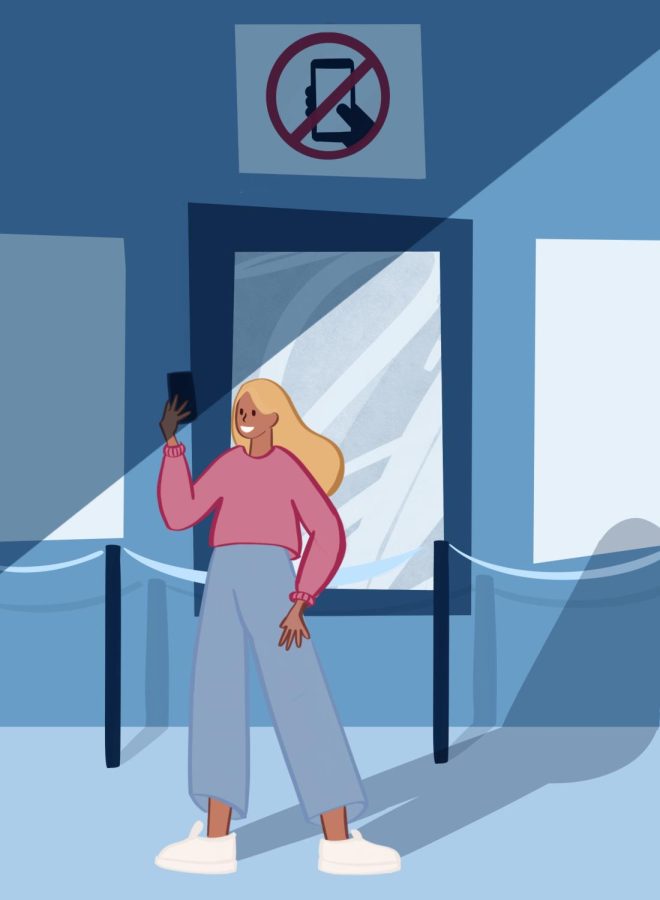

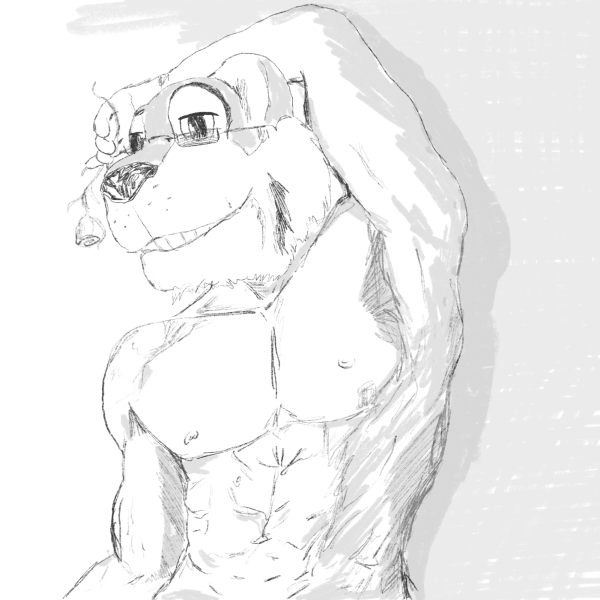
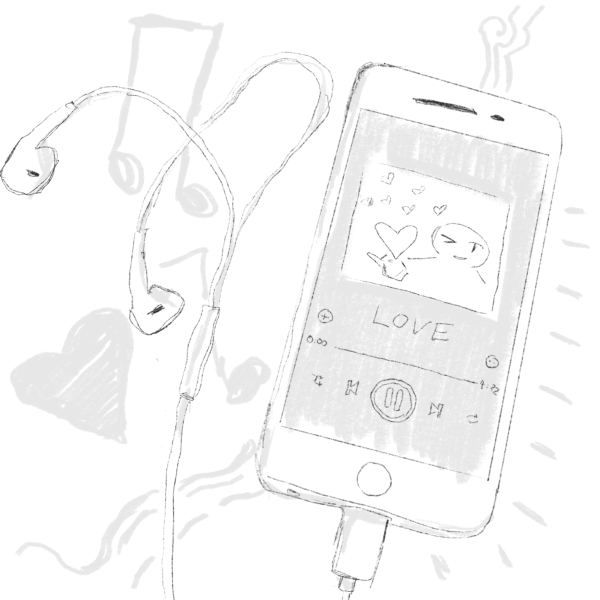
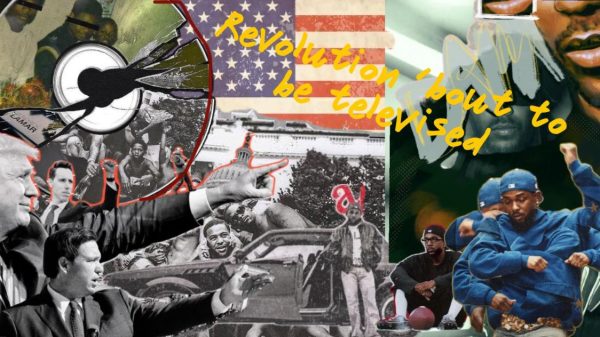
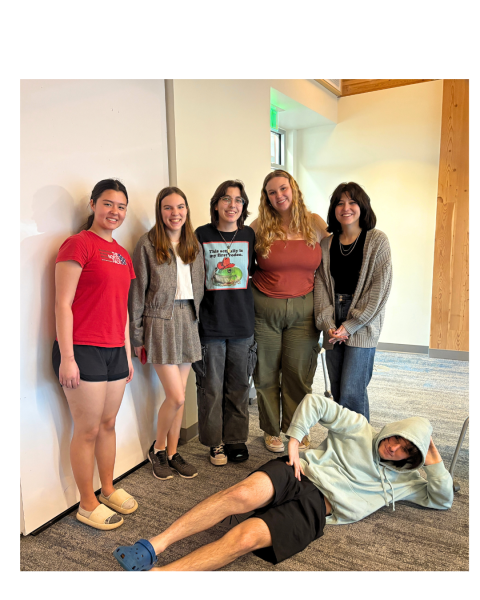
Rick Hernandez • Sep 13, 2022 at 10:18 pm
Very thought provoking subject Abby. Great work on the article. I’ll have to rethink my museum via next time. Ok
Ashley • Sep 9, 2022 at 9:15 am
Thank you for this, its lovely. Leaves us with a lot of difficult things to think about concerning our interactions with art within the evolving “white cube” space.